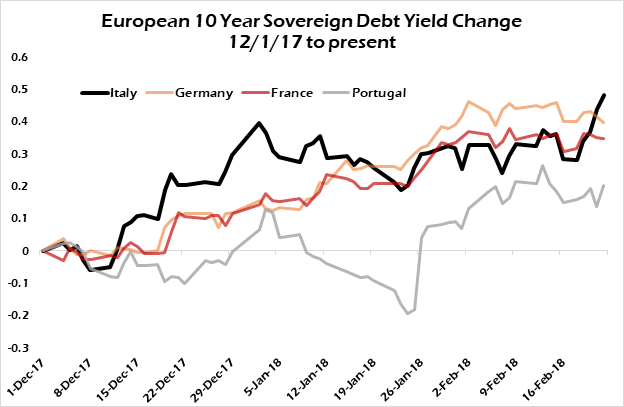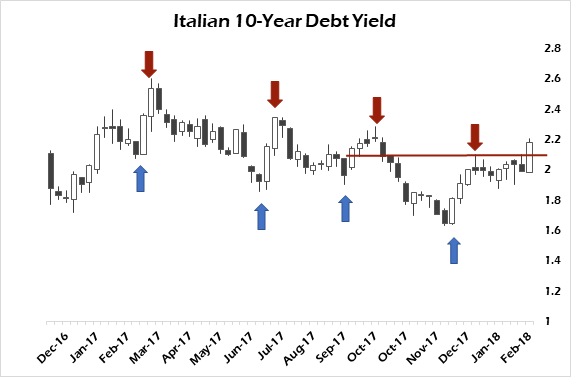Three weeks ago, news broke that Dan Och was stepping down as CEO of the once iconic Och-Ziff hedge fund (which as of January 1 managed $32BN in AUM), following internal turmoil in the form of a growing feud between founder Daniel Och and former superstar trader Jimmy Levin. As we noted at the time, it was unclear what future Levin, currently co-CIO at Och Ziff would have at the company as part of the executive fallout.
We now know the answer: according to Bloomberg, Levin, 34, who was passed over for the hedge fund’s top job in December and who netted the firm over $2 billion in 2012, will remain at the fund, and get restricted stock worth $35.6 million as of Friday’s close, as well as a guaranteed annual bonus of $7.5 million under his new job contract.
As disclosed in the company’s 10-K, Levin’s employment agreement entitles him to receive 1.1% to 1.5% of the gross profit of some of the firm’s funds, subject to a $7.5 million minimum guarantee, most of which will be paid in cash. In addition to receiving restricted stock, he’ll give up large chunks of previously awarded equity units, Bloomberg notes.
Och-Ziff Chief Financial Officer Alesia Haas said last week that Levin’s new contract would link his compensation more closely to fund performance to reflect his responsibilities as co-CIO. Returns at the hedge fund firm strengthened last year, with the flagship OZ Master Fund gaining 10.4 percent — the most since 2013 — and the OZ Credit Opportunities Fund jumping 11 percent.
As previously reported, Levin who “in the late 1990s, was working at a summer camp in Wisconsin, teaching Mr. Och’s son how to water ski” was promoted to co-CIO in February last year, a move many saw as his promotion to heir apparent of Dan Och.
As part of the promotion, he got 39 million shares tied to stock return, outlining an effort by the firm to prop up its share price, which has plunged more than 92% since its 2007 initial public offering. The award would have been worth almost $200 million if all goals were met.
However, as the WSJ detailed last month, outgoing CEO Dan Och told investors in December that Levin wouldn’t succeed him.
Over Christmas weekend, Och-Ziff rushed out a letter to investors revealing that the 57-year-old Mr. Och had changed his mind, overruling others in the process. “After extensive discussion with the board of directors, including the company’s independent directors, who support transitioning to Jimmy in the near future, it was the conclusion of Dan Och …that now is not the right time to transition to Jimmy.”
Mr. Och himself has never publicly addressed why he soured on Mr. Levin and reasserted control at the big firm. Interviews with more than a dozen people close to the situation at Och-Ziff suggest that many inside the firm, including board members and Mr. Levin, were shocked by the shift. People familiar with Mr. Och’s thinking say he felt Mr. Levin pushed too far, too fast, asking for more money and control than he was due.
“A level of distrust” had developed between the two executives, says a person close to the matter.
In January, the firm said Robert Shafir, the former chairman of the Americas at Credit Suisse Group AG, would take the CEO job Feb. 5 and receive a $60 million pay package. Part of the award would be linked to the fund’s stock price performance.
While for many a $7.5 million guarantee is unheard of, for Levin – who was named global head of credit in 2013 – it represents a big step down from his prior arrangement. In 2013, Levin, then 30 years old, was rewarded with a $119 million payday for his big, and successful, bet on RMBS.
Last February, when relations between the two traders were better, Och shocked Wall Street by elevating Levin, the star of the firm’s credit business, to co-chief investment officer and handing him an incentive package of $280 million.
“It’s the kind of crazy pay you don’t hear about in the industry much these days” Bloomberg reported at the time. As part of the deal, Och agreed to surrender around $100 million of his own stock to Levin, meaning Mr. Levin’s raise essentially came out of Och’s pocket.
Inside the firm, some seethed. Outside, they sneered; the move smelled a bit of desperation. Five months later, that remains the burning question: Is this a Hail-Mary stab by Och to win back his seat of dominance in the hedge-fund universe or a stroke of genius?
One year later, even as the internal “seething” has died down, the question remains – with Och relinquishing control of the hedge fund he built, and almost destroyed, is keeping Levin – a trader who made it to the top largely thanks to a concurrent bond bull market – still a desperation “Hail Mary” by the company?
Today, Och-Ziff, still one of the world’s largest hedge funds, manages just over $30 billion, down from almost $50 billion in 2005 as a result of the fund’s performance and legal woes, and its shares closed at $2.66 on Friday. To be sure, Levin’s challenge is great.
… to reverse the merciless bleeding of assets — and defections of personnel — triggered by Och-Ziff’s misconduct in the Democratic Republic of Congo, Libya and other African countries. If Levin makes it happen, it’ll be because he’s successful in his push to remake Och-Ziff, a firm long dominated by equity trades, into something of a fixed-income shop. The firm now has half of its $32 billion in assets tied to credit, including dedicated funds that have cropped up in just the past few years.
“We certainly weren’t known as a credit shop when I first met with clients,” Levin said recently from an Och-Ziff conference room overlooking Central Park, recalling when he was a twenty-something on the road trying to convince investors to part with their money. “Those early meetings weren’t the easiest in the world.”
Well, if he fails at least he will at least have some guaranteed “pocket change” to fall back on, because for a man who has made hundreds of millions at the fund he joined in 2006, that’s precisely what $7.5 million represents. That, and of course, a forced vacation: Levin has a two-year noncompete clause in his contract precluding him from going to a new firm.
via Zero Hedge http://ift.tt/2ow5Tao Tyler Durden












